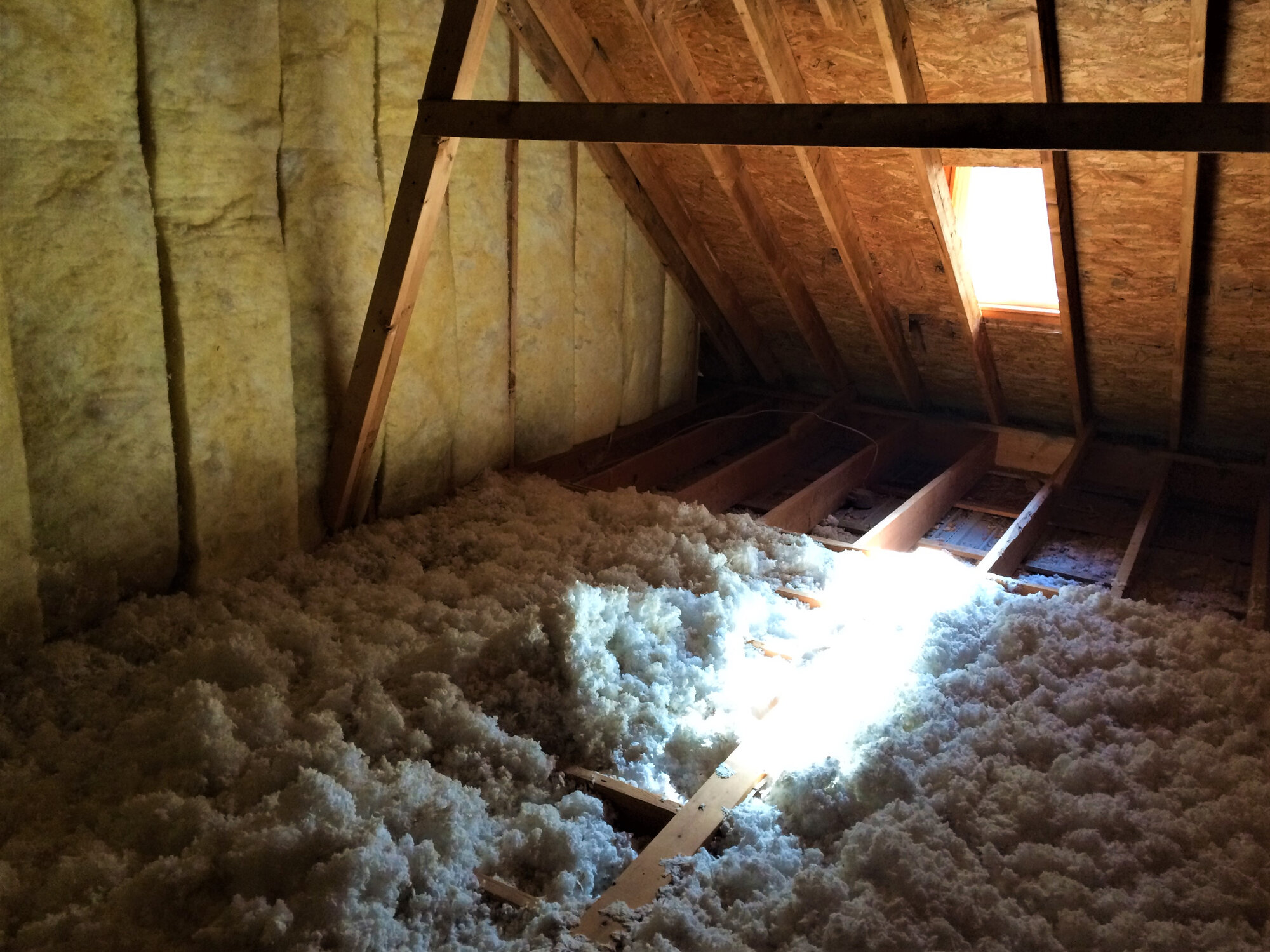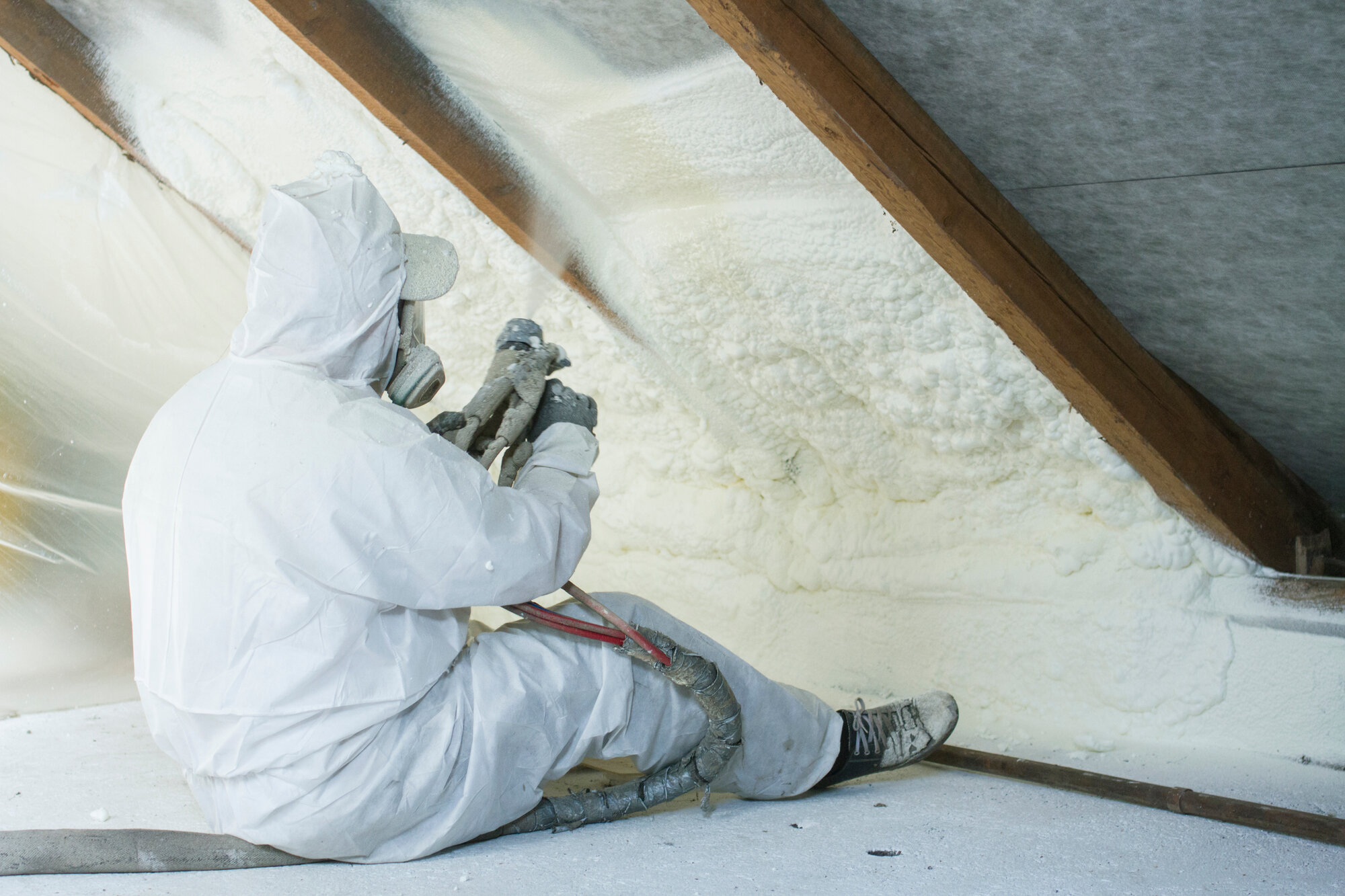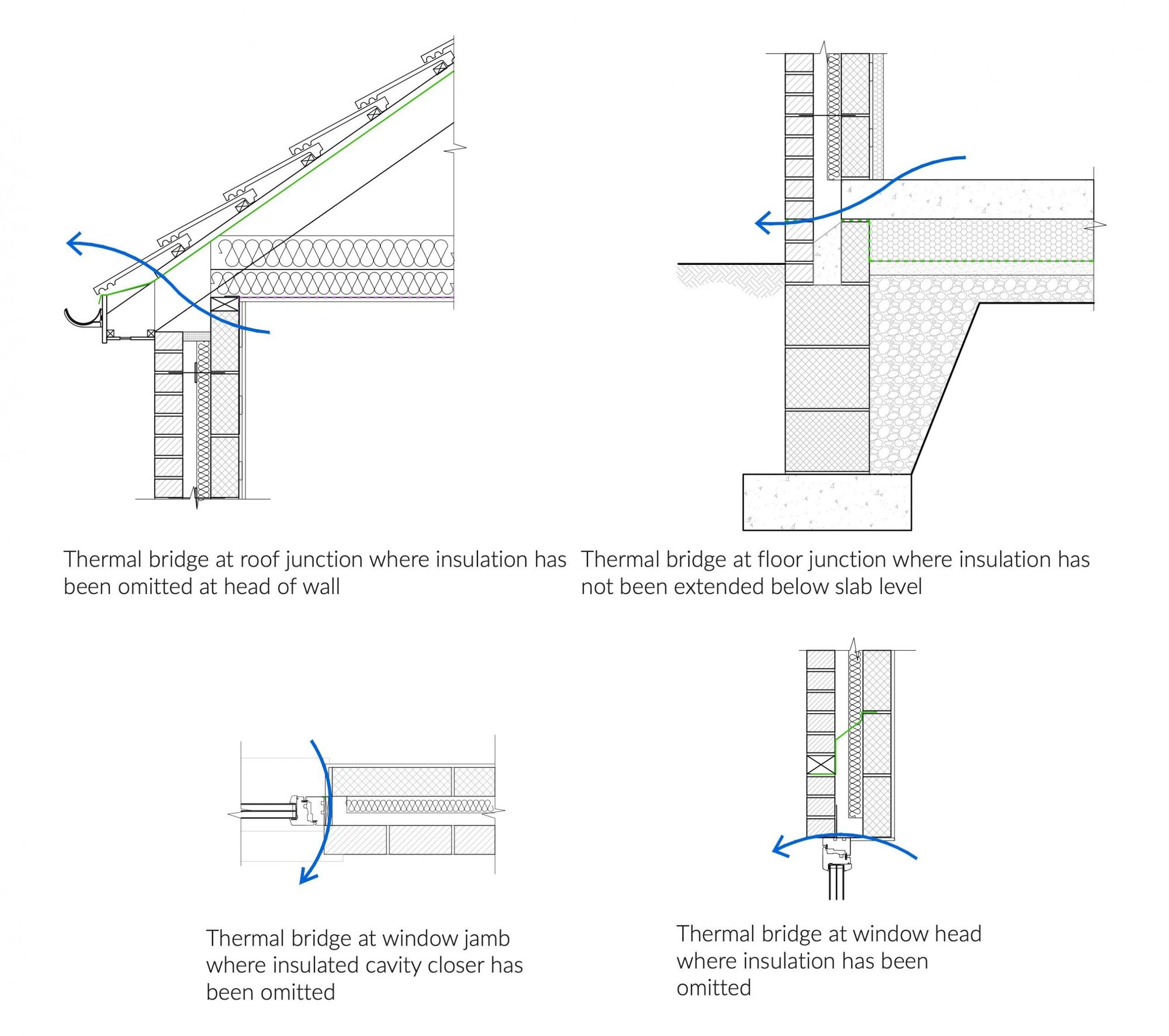
Insulation is often considered a fairly expensive venture. However, when deciding whether to install any form of insulation, consider not only the cost but also the payback timescale. The savings on bills vary, so the payback also varies. We will discuss and compare the various types of insulation and their costs.
What types of insulation are there?
Insulation is crucial in the creation of a thermal envelope. As such, it can address all parts of your home. However, to accurately determine the payback and savings, we must consider the percentage of heat loss through different parts of your home. Due to several factors, your walls account for 35% of the heat loss. Firstly, walls present the largest surface area of the property. Therefore, there is a large area for the heat to pass through. Cold bridging is also a major issue around windows and doors, which are incorporated into the envelope. Lastly, the walls are the elements of the construction most exposed to the weather. The major problem with addressing this issue is that external wall insulation tends to cost the most.
Types of insulation and cost
When we discuss insulation, we also focus on cold bridging. Therefore, it is crucial to consider draught prevention measures and window glazing as a part of the thermal envelope.
Prior to discussing the products, we need to establish the 4 forms of insulation:
- Loose-fill and blown-in Insulation are blown into open spaces and recommended for use in hard-to-reach areas like new wall cavities, existing walls, and attic floors and walls.
- Batt & Roll Insulation - Pre-cut slabs of insulation laid flat and fitted between studs, joists, and beams.
- Reflective Insulation and radiant Barriers - Installed in lofts to reduce the radiant heat transferred to below the ceiling. As a result, they are particularly useful in keeping houses cool.
- Spray Foam & Foam-In-Place Insulation - Injected into wall cavities, offering both thermal and acoustic insulation.
Loose-fill/blown-in insulation and spray foam insulation always require a professional installer. However, roll and reflective insulation can, in theory, be installed by the homeowner. We always recommend a professional installer for any form of insulation. As a result, the costs will include the materials and labour.
Cost of insulation
The insulation cost will tend to depend on the square meterage of the area you hope to insulate. However, we have compiled some approximate figures for the cost of insulation. The crucial factor to consider is the other products you will require for an insulation system. External and internal wall insulation systems will require some form of adhesive, basecoat, reinforcing fibreglass mesh, and a finishing topcoat. We will detail these costs later on.
| Insulation type | Cost |
| Loose-Fill & Blown-In Insulation | £4.80 p/m² - £6.50 p/m² |
| Batt & Roll Insulation | £10/m² - £11/m² |
| Reflective Insulation & Radiant Barriers | £1/m² |
| Spray Foam & Foam-In-Place Insulation | £30/m² |
Insulation & thermal bridges
The table above details the approximate costs of the overarching categories of insulation. However, various types of materials are available for specific insulation systems. For example, at EWI Store, we offer Mineral Wool, EPS, and Kingspan K5. All of these come with different price points and require slightly different components in their overall systems.
As discussed earlier, components like window glazing and draught-proofing are included in the thermal envelope. These areas are particularly susceptible to cold bridging, as warm air always moves towards the path of least resistance. Gaps in an insulated thermal envelope provide 'heat highways' for the passage of heat energy, losing precious heat from your internal space. The cold bridge is created as the area in question will have a higher thermal conductivity.
Thermal bridges can be classified into three main types (Leeds Beckett University: Low Carbon Housing Learning Zone):
- Repeating or quasi-homogeneous thermal bridges usually follow a regular pattern and are evenly distributed over an area of the thermal envelope
- Non-repeating or linear thermal bridges are often caused by discontinuities in the thermal envelope and occur at a specific point in the construction
- Geometrical thermal bridges are a result of the geometry or shape of the thermal envelope
Insulation materials and window glazing
The ultimate aim of any insulation project is to bring the U-value of your property down below the industry standard of 0.3 W/m2k for external walls. However, the figures differ for the roof at 0.15 W/m2k and 1.6 W/m2k for windows. Therefore, you need to consider a whole-house solution. Adding double or triple glazing to a Mineral Wool external wall insulation system would ensure that the industry standards are met, whilst also dealing with the issues of cold bridging. Windows and external wall insulation tend to be priced differently. Most window glazing options are priced per window, whilst insulation is priced per board or per square metre. You can see that detailed in the table below. The thickness of the insulation boards directly correlates to the thickness required to reach a U-value of 0.3 W/m2k.
| Cost | |
| Double glazing | £250 per window |
| Triple glazing | £505 - £770 per window |
| Rockwool | £21.50 ex VAT per board (110mm) |
| EPS | £8.25 ex VAT per board (90mm) |
| Kingspan K5 | £15.80 ex VAT per board (60mm) |
So, what's the payback of insulation in relation to cost?
The savings and payback will vary dramatically depending on what you install and how large the home is. However, given what we know, we can make an educated guess on the savings and, from that, glean the payback timescale of the specific insulating product.
| Insulation type | Cost | Annual saving | Payback period |
| Cavity wall | £500 | < £140 | 4 years |
| Internal wall | £5,500 - £8,500 | £460 | 25 years plus |
| External wall | £9,400 - £13,000 | > £600 | 25 years plus |
| Loft | £300 | < £180 | 2 years plus |
| Floor | £530 | £60 | 13 years |
The cost of external wall insulation would initially come off as a significant hurdle. All these insulation forms have funding available through ECO4 and ECO Plus schemes; therefore, it is a worthwhile investment, as external wall insulation has the most significant impact on savings. The other funding available is through GBIS. The Great British Insulation Scheme is available for properties with an EPC below a C. Depending on the size of the house and other circumstances, GBIS can cover the cost of materials.
Altogether, it can be problematic to project the savings and payback timescale due to the numerous variables in play. For example, even if your thermal envelope is finished, it can still be susceptible to water ingress or thermal bridging.
Savings and payback can also change depending on the current cost of energy. There is a lot of uncertainty surrounding energy bills, with shortages affecting cost. However, certain measures and insulation can make cuts and savings.
Let us know how you plan to save money on bills and if you have any thoughts on how much insulation costs!






